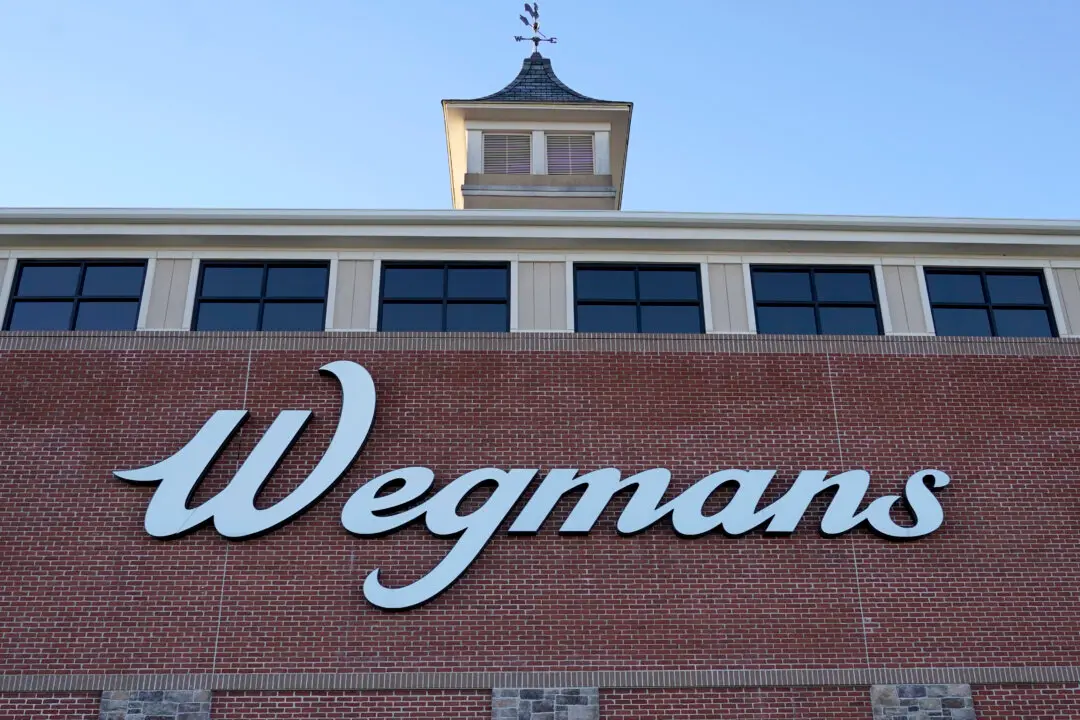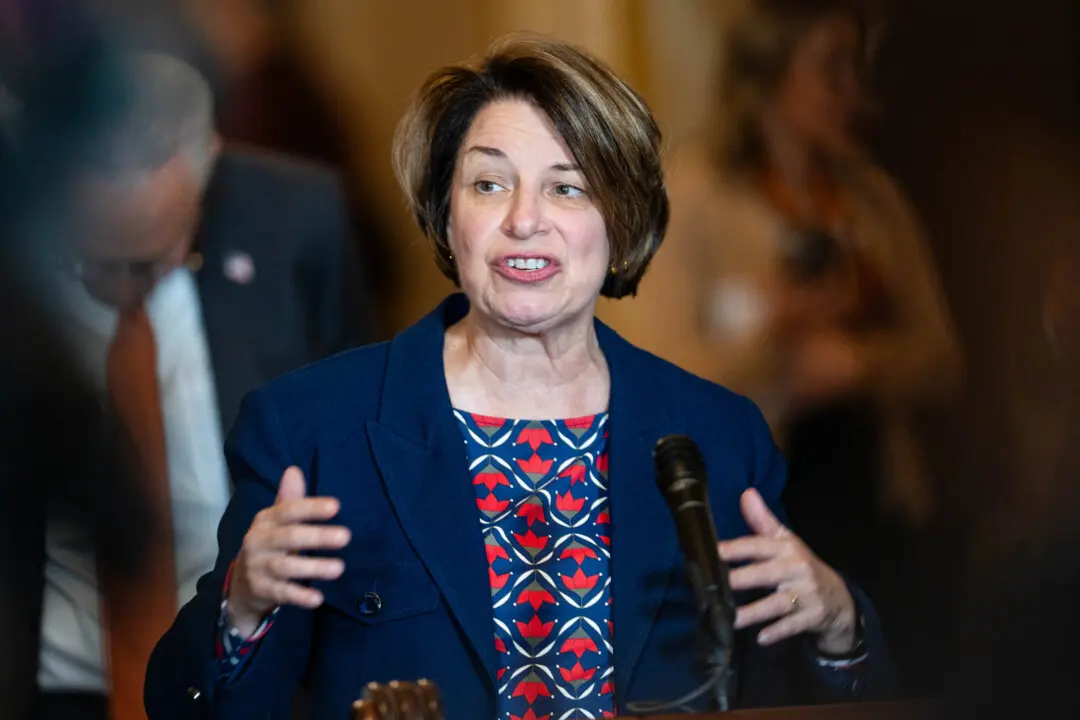U.S. consumer prices accelerated in the year through December at their fastest pace in 39 years, new government data shows, marking the seventh straight month of inflation running above 5 percent and a fresh sign that inflationary woes continue to weigh on American consumers.
The Bureau of Labor Statistics (BLS) reported on Jan. 12 that the Consumer Price Index (CPI), which reflects inflation from the perspective of end consumers, rose 7.0 percent in the 12 months through December, a level not seen since June 1982, when it hit 7.2 percent.





